Spray paints are widely known and appreciated for their remarkable ease of use and rapid drying properties, making them a favored option for artists, homeowners, and DIY enthusiasts alike. With an extensive range of different options to choose from, every type has its own specific properties and applications, aerosol paints provide unrivaled versatility and convenience. Users often ask if there are any oil-based aerosol paints. In this article, we will delve deeper into this intriguing question by carefully examining the composition of aerosol paints and finding out the key factors that distinguish oil-based paints from their counterparts. With a deeper understanding of these nuances, readers will be able to make informed decisions about choosing the most appropriate airborne coating for your specific projects and requirements.
What is spray paint?
Aerosol paint, a kind of paint that is stored in a sealed pressurized container, offers a convenient and efficient way to apply color. When the valve button is depressed, the paint is released in an aerosol spray, allowing for easy and precise application.
Composed of color pigment, a binder, and a solvent, developed a formula for aerosol paint to provide a smooth and flawless finish. Its quick drying and uniform application characteristics make it a highly sought after product for a broad spectrum of uses, particularly in artistic work, automotive painting, and home decor.
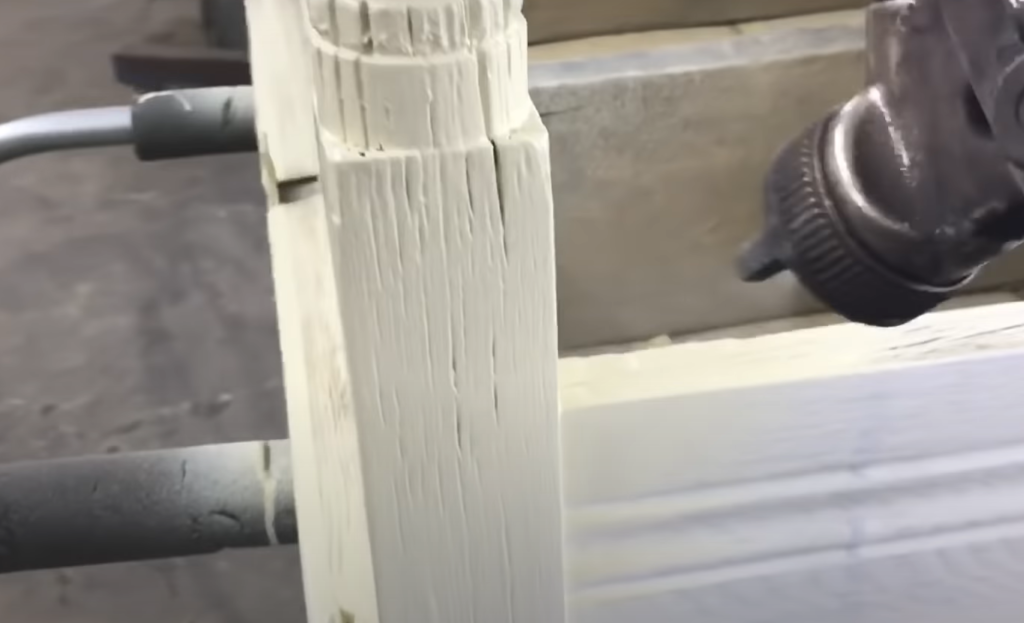
One of the advantages of spray paint is its ability to eliminate brush marks, resulting in a seamless and high-quality finish in appearance. Additionally, it offers a uniform application of color, ensuring consistent and vibrant results.
Many forms of paint are produced, each with their individual properties and applications. Lacquer, enamel, acid and oil varieties are just a few examples. These different formulations cater to specific requirements and preferences, allowing users to achieve their desired effects with ease.
Whether you are a professional artist, a DIY enthusiast, or someone looking to add a touch of color to your surroundings, spray paint is a versatile and reliable option that delivers impressive results. Its ease of use, extensive scope of usage, and ability to provide a flawless finish make it a go-to choice for all your painting needs.[1]
How to tell if an aerosol paint is waterborne or oilborne
How to tell if a product is water-based or oil-based involves a bit of research and attention to detail. One of the quickest ways to distinguish between the two is by carefully reading the product’s label or technical data sheet, which is usually available on the manufacturer’s website. These valuable resources provide comprehensive information about the ingredients, properties, and recommended usage of the paint.
Water-based aerosol colors, also called rubber or silicone, usually contain water as the main diluent. They are designed to be eco-friendly, with low volatile organic compounds (VOCs). They dry quickly, allowing for speedy project completion, and have minimal odor, making them more pleasant to work around. In addition, water-based aerosol coatings can be easily washed off with running water, minimizing the need for harsh thinners.
Petroleum-based aerosol coatings, commonly referred to collectively as emulsion coatings, on the other hand, have a solvent in the form of petroleum distillate. Such materials tend to contain higher amounts of volatile organic compounds, which can affect air quality and human health. Due to its composition, oil-based aerosol inks take much more time to set than water-based alternatives. The smell is also more potent, so proper ventilation is crucial during use. In addition, clearing away after applying an oily aerosol color requires the option of using solvents such as turpentine or white spirit.
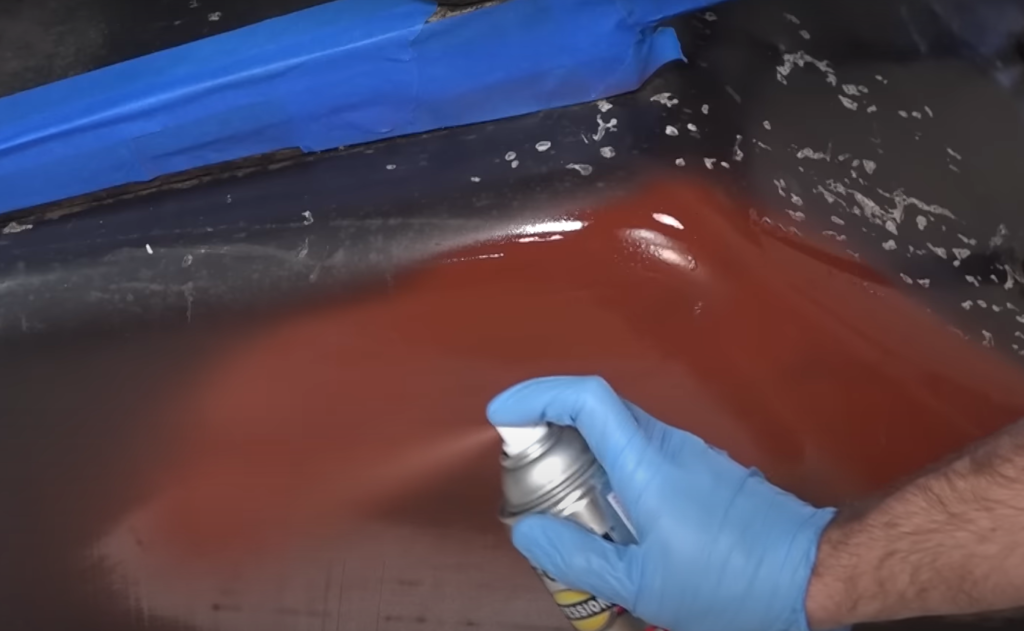
When choosing the right kind of aerosol paint for your job, it’s important to keep in mind the specific benefits and requirements of different styles.
Choosing the right product guarantees the best possible outcome and good luck with your painterly work.[1]Difference between oil-based and water-based paint
Cost
Every time it arrives at value, there can be a significant distinction drawn between oil and water based aerosol coatings. Oil-based paints are usually pricier because of their longevity and coverage. The raw materials used to manufacture oil-based paints, such as high-quality pigments and binders, are often pricier, contributing to the higher retail price.
In contrast, waterborne paints, thanks to their woodiness, do not have complex formulation and relatively inexpensive raw materials, tend to be more affordable. They are typically made with water, acrylic polymers, and pigments that provide extensive selection of materials and decorations.
However, keep in mind that initial cost should not be the only factor when choosing a spray paint. It’s crucial to consider the intended use, the longevity of the paint, and the overall quality of the finish. While oil-based paints may have a higher upfront cost, they often offer better resistance to wear and tear, making them more suitable for high-traffic areas or outdoor applications. Water-based paints, on the other hand, may require more frequent touch-ups or recoating but offer easier cleanup and reduced fumes during application.
Ultimately, the choice between oil-based and water-based spray paints depends on your specific needs and preferences. Remember, sometimes a higher upfront cost can lead to longer-term savings, particularly if the paint lasts longer and requires fewer touch-ups or recoats. So, take the time to evaluate your project requirements and select the spray paint that best suits your needs for both cost and performance.
Sheen Levels
The sheen level of paint refers to the degree of shine visible on the surface after the paint has dried. It plays a crucial role in determining the overall appearance and performance of the painted object. Both oil-based and water-based spray paints offer a range of sheen levels, from flat or matte to high gloss, allowing for customization based on individual preferences.
Oil-based paints, known for their rich and vibrant colors, often exhibit a higher natural sheen due to the oil content. This gives them a glossy or semi-glossy finish that is highly desirable for various applications such as furniture and hardware. Additionally, the high sheen level contributes to the durability and stain resistance of these paints, making them suitable for areas that require frequent cleaning or are prone to wear and tear.
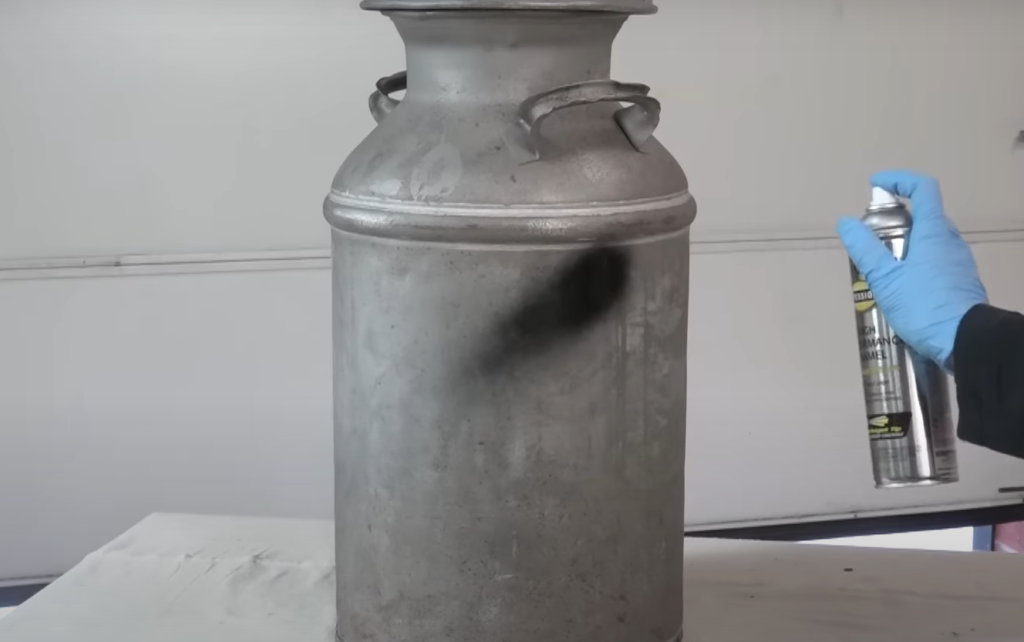
On the other hand, water-based paints provide a more variable sheen level. They can be formulated to produce finishes ranging from flat to semi-gloss and gloss. However, it’s important to consider that the final appearance of water-based paints can be influenced by external factors such as the painting technique employed, the type of surface being painted, and the ambient humidity and temperature. These paints offer versatility in achieving different sheen levels while taking into account the specific requirements of the project.
When selecting between oil-based and water-based spray paints, considering the desired sheen level is paramount. It not only impacts the visual appeal of the painted object but also affects practical aspects such as durability, stain resistance, and ease of cleaning. By understanding the characteristics and effects of different sheen levels, one can make an informed decision to achieve the desired outcome in their painting projects.
Odor
The smell or odor is an important factor to consider when comparing oil-based and water-based spray paints. Oil-based paints have a distinct and strong smell that can linger for quite some time, even after the paint has dried. This is primarily due to the high levels of volatile organic compounds (VOCs) present in these paints. It’s worth noting that VOCs can have potential health and environmental impacts.
Adequate ventilation helps prevent the build-up of fumes and minimizes any potential discomfort or health issues associated with prolonged exposure.On the other hand, water-based paints have a much milder odor compared to oil-based paints. This is because water-based paints contain lower levels of VOCs. The reduced odor makes water-based paints more suitable for indoor use and in areas with limited ventilation. Additionally, the odor of water-based paints tends to dissipate more quickly once the paint has dried, further enhancing the convenience and comfort of using these paints.
Despite the lower odor levels, it is still advisable to ensure good ventilation when using any type of spray paint, irrespective of whether it is oil-based or water-based. This precautionary measure helps maintain a healthy and safe environment during painting projects.
So, when choosing between oil-based and water-based spray paints, considering the smell factor and the associated VOC levels is crucial for a comfortable and safe painting experience.
Application
The application process for both oil-based and water-based spray paints varies. Oil-based spray paints typically require a primer to ensure proper adhesion to the surface. This primer helps create a strong bond between the paint and the substrate, enhancing the longevity of the paint job. Additionally, when applying oil-based spray paints, it is crucial to work in a well-ventilated area due to the high levels of volatile organic compounds (VOCs) they emit. These VOCs can be harmful if inhaled in large quantities, so proper ventilation is essential for safety.
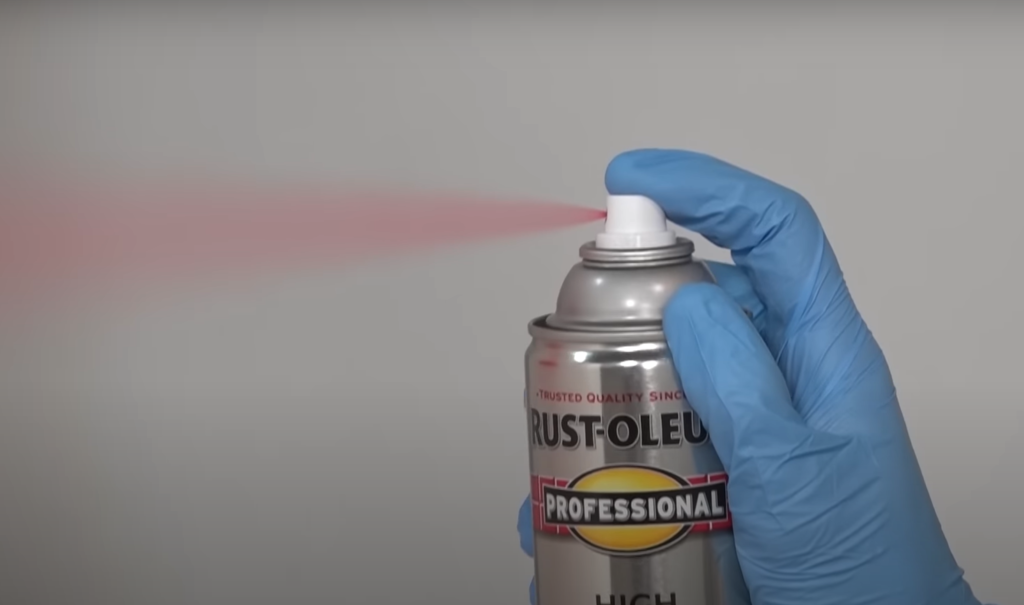
When it comes to drying time, oil-based spray paints tend to take longer to dry compared to water-based ones.
This longer drying time is necessary to allow the solvents in the paint to evaporate fully, resulting in a smooth, hard finish. This finish offers excellent resistance to scratches, stains, and wear, making it ideal for surfaces that are prone to heavy use or exposure.On the other hand, water-based spray paints offer some distinct advantages. They are relatively easy to apply and dry quickly, often within an hour or two. This quick drying time allows for faster project completion and reduces the risk of dust or debris settling on the freshly painted surface. Water-based spray paints also typically require minimal preparation, making them a convenient choice for quick touch-ups or smaller-scale projects. In many cases, a primer may not be necessary unless the surface is highly porous or has a significantly darker color than the paint.
However, it is worth noting that water-based spray paints may require multiple coats to achieve the same level of coverage as oil-based paints, especially when working with darker colors. The pigments in water-based paints are often less concentrated, leading to a slightly translucent appearance with a single coat. Applying additional coats helps build up the color and coverage, resulting in a more vibrant and uniform finish.
While water-based spray paints offer flexibility and resistance to cracking, they may not be as durable or scratch-resistant as their oil-based counterparts. This is an important consideration when choosing which type of paint to use for a particular project. Factors such as the type of surface, the desired finish, and the conditions in which the paint will be applied and used should all be taken into account to make an informed decision.
In conclusion, both oil-based and water-based spray paints have their advantages and considerations. Understanding the differences in their application processes, drying times, finishes, and durability can help you choose the right type of spray paint for your specific project needs.
Durability
Durability is a crucial factor to consider when choosing between oil-based and water-based spray paints. Oil-based paints are widely recognized for their exceptional robustness and longevity. Once dried, the oil-based paint forms a hard, scratch-resistant surface that can effectively withstand high traffic areas and regular wear and tear. This makes it an excellent choice for surfaces that are frequently touched or handled, such as furniture or hardware. Despite the additional time required for application and drying, the long-lasting and resilient finish of oil-based paints often justifies the extra effort and time invested.
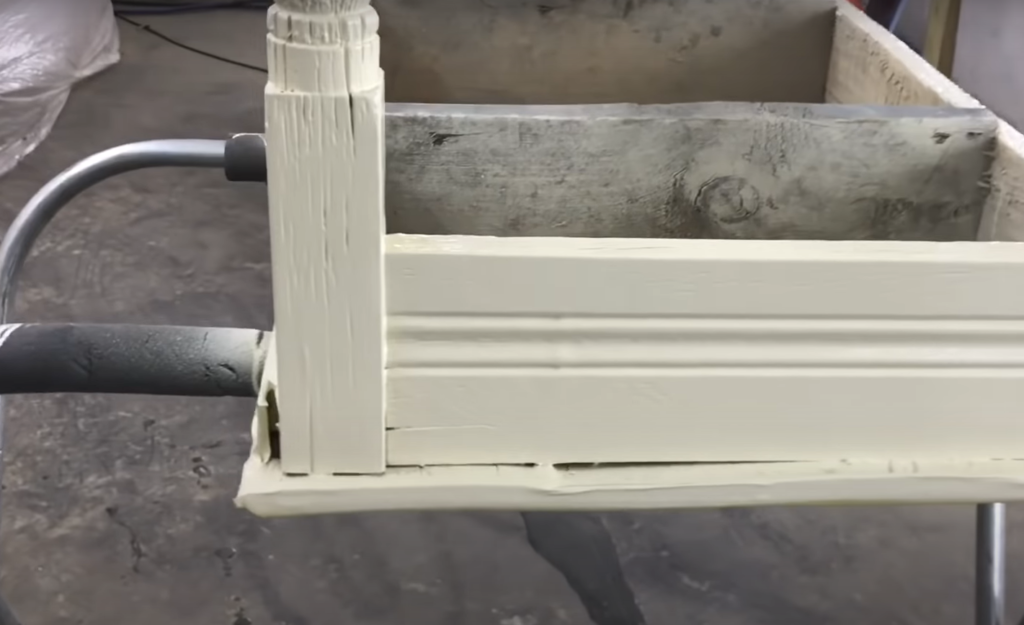
On the other hand, water-based spray paints, while offering a flexible finish that resists cracking, may not match the durability of oil-based paints. They may require more frequent touch-ups or recoats, especially when used on high-traffic surfaces. However, their quick-drying nature and ease of application often make them a preferred choice for projects with tight timelines or for those who prefer quicker results. It’s worth noting that advancements in paint technology are narrowing the longevity gap between water-based and oil-based paints, with high-quality water-based paints now offering improved durability. These latest innovations provide even more options for individuals seeking both durability and convenience in their spray paint choices.
Cleanup
When the painting project is complete, the cleanup process varies depending on whether oil-based or water-based spray paints were used. For oil-based paints, it is necessary to use mineral spirits or paint thinner to effectively clean brushes, spray nozzles, and other tools. It is important to handle the disposal of these cleaning materials responsibly, as they can have harmful effects on the environment if not properly managed.
On the other hand, water-based paints offer a simpler cleaning process. Warm water and mild soap are usually sufficient for cleaning brushes and other painting tools. When it comes to leftover paint, it can typically be safely disposed of in household trash once completely dry. However, it is always prudent to check local regulations for proper disposal procedures.
In both cases, it is crucial to remember that unused or leftover paint should never be poured down the drain. Taking these steps ensures not only a successful painting project but also helps protect the environment for future generations.[2]
Why Use an Oil-Based Spray Paint?
Oil-based spray paint is a highly versatile option that offers numerous benefits. Its exceptional durability and resistance to wear and tear make it an excellent choice for painting objects that are frequently handled or used in high traffic areas. Whether it’s a heavily used piece of furniture or hardware that sees a lot of action, oil-based spray paint can provide a long-lasting finish that stands up to the test of time.
While it’s true that oil-based spray paint requires a longer drying time and the use of a primer for optimal adhesion, the resulting smooth and hard finish is often more resistant to scratches and stains. This makes it an ideal choice for projects where a robust and long-lasting finish is desirable, such as painting furniture, hardware, or other items that need to withstand daily use.
Moreover, one cannot overlook the aesthetic appeal that oil-based spray paint brings to the table. With its high sheen level, it can provide a glossy or semi-glossy finish that adds a touch of elegance and sophistication to any painted object. The enhanced visual appeal can truly elevate the overall look and feel of your project.
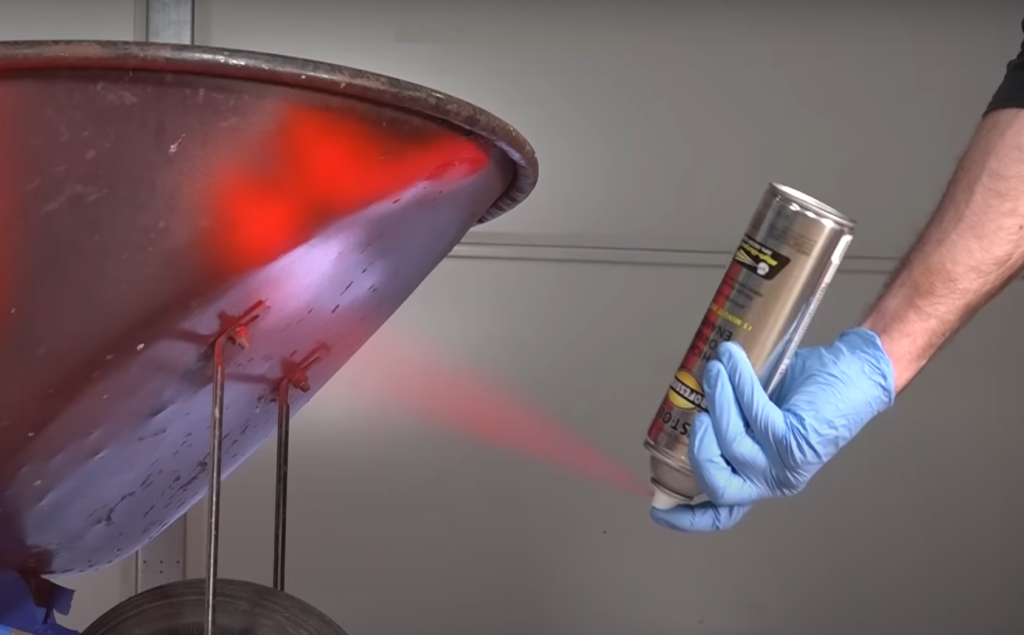
It’s important to note that the use of oil-based spray paint does come with some considerations. The strong odor and the need for proper ventilation during application are factors that should be taken into account. However, for projects where durability and a high-quality finish are of utmost importance, the benefits of oil-based spray paint often outweigh these minor inconveniences.
In conclusion, oil-based spray paint is a reliable and versatile option that can transform your projects into durable and visually stunning masterpieces.[2]
Surfaces You Can Use Oil-Based Spray Paint on
Oil-based spray paints offer exceptional versatility, making them suitable for a wide range of surfaces. When it comes to metal surfaces, oil-based paints excel due to their excellent adhesion and ability to provide a durable, rust-resistant finish. This makes them perfect for various items such as furniture, grills, railings, and outdoor fixtures, ensuring a smooth and hard finish that withstands the test of time.
Not limited to metal, oil-based paints also work wonders on wood surfaces. Whether it’s furniture, trim, or exterior structures, oil-based paint offers exceptional protection against the elements while resisting chipping or peeling. This durability ensures that your wooden items maintain their beauty and structural integrity for years to come.
But the benefits of oil-based spray paints don’t stop there. They can also be used on surfaces like plastic and ceramic, extending the lifespan of items such as plant pots or decorative pieces. The durable finish provided by oil-based paints adds a layer of protection, ensuring these items remain vibrant and intact even with daily use.
It is important, however, to always consult the manufacturer’s guidelines before applying oil-based spray paint to any surface. Some surfaces may require specific preparation to ensure optimal adhesion and long-lasting results. By following these guidelines, you can maximize the benefits of oil-based spray paints and achieve outstanding results every time.[2]
How to apply oil-based spray paint
Prepare The Work Area
Before painting, it’s crucial to prepare your workspace to avoid spills and overspray. Choose a well-ventilated area, protect surroundings with drop cloths or newspapers, and use painter’s tape to mask off areas. Have all your materials ready for a mess-free painting project.
Start Spray Painting
To start painting, prepare the surface and set up your work area. Shake the oil-based spray paint can for a few minutes, ensuring it’s well-mixed. Put on a mask and gloves for protection. Hold the can 10-12 inches away from the surface and spray in a steady, back-and-forth motion. Apply a light, even first coat and let it dry completely. Evaluate the coverage and decide if a second coat is needed. Allow the project to dry for 24 hours for a durable finish. Dispose of materials properly and clean tools with mineral spirits or paint thinner.
Use Multiple Coats
To achieve a smooth and superior finish when using oil-based spray paint, applying multiple coats is essential. A single coat is often inadequate, so after the initial layer has dried, assess the coverage.
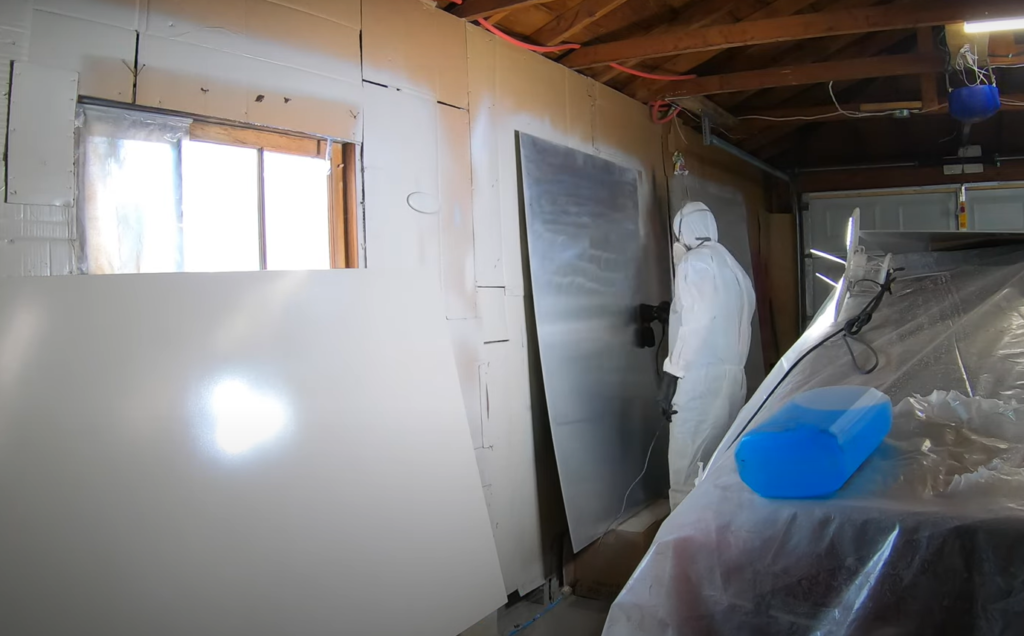
If necessary, apply subsequent coats evenly, maintaining a steady speed and distance. Allow each coat to dry fully before applying the next, following the manufacturer’s guidelines. Patience is key to ensuring a durable and long-lasting finish. Remember, it’s not just about adding color but also providing protection and enhancing the object’s aesthetics.
Allow To Dry
Proper drying is crucial for oil-based spray paint. After applying the final coat, allow adequate drying time. Depending on conditions, it may take 24-48 hours or longer. Avoid handling until completely dry to prevent smudges or chipping. Patience is key for a durable and high-quality finish.[3]
Best Oil-Based Spray Paints
Choosing the right oil-based spray paint is crucial for high-quality and long-lasting projects. Here are some top options:
- Rust-Oleum Protective Enamel Spray Paint: Durable, rust-resistant, and available in various colors.
- Krylon All-in-One Fusion Spray Paint: Bonds easily to most surfaces, wear-resistant, and suitable for multiple materials.
- Valspar Premium Enamel Spray Paint: Provides a smooth, scratch-resistant finish for metal, wood, and glass.
- Montana Black Spray Paint: Highly pigmented with quick-drying formula, favored by artists.
- Dupli-Color Engine Enamel: Engine-specific, resistant to high temperatures and automotive fluids.
Consider your project’s requirements, including surface type, durability, finish, and drying time, when choosing the best oil-based spray paint.[3]
FAQ
Is spray paint considered oil-based paint?
Spray paint can be oil-based or water-based. Oil-based paints provide a durable, glossy finish but take longer to dry and require proper ventilation. Water-based paints dry quickly, can be cleaned up with water, and have less odor. Consider these factors when choosing the right spray paint for your project.
How can you tell if spray paint is oil or water-based?
To determine if a can of spray paint is oil-based or water-based, there are a few indicators to look out for. Firstly, check the product label or description as manufacturers usually specify the type of paint. Look for keywords like “acrylic” or “latex” for water-based paint, and “alkyd” or “solvent” for oil-based paint. Another clue is the clean-up instructions – oil-based paints require solvents, while water-based paints can be cleaned with water and soap. Lastly, water-based paints generally dry faster. Knowing the type of paint is crucial for the application process and finish durability.
Is spray paint oil based or latex?
Spray paint can be oil-based or latex, each with its own advantages. Oil-based spray paints offer durability but require longer drying times and harsh chemicals for clean-up. Latex spray paints dry faster, are user-friendly, and emit fewer VOCs, but may not be as durable. Consider the project and product characteristics to choose the right paint. Always check the label for the best fit.
Is spray paint water-based paint?
Water-based spray paints, also known as acrylic or latex spray paints, are gaining popularity due to their eco-friendly nature and faster drying time. They emit fewer volatile organic compounds (VOCs) and can be easily cleaned up with warm water and mild soap. However, oil-based spray paints may offer greater durability and a high-gloss finish. Consider your project and surface before choosing between the two. Always check the product label for verification.
What is spray paint based on?
Spray paint consists of pigment, resin, and solvent. The pigment provides color, the resin binds the pigment to the surface, and the solvent keeps them in liquid form. Different resins determine if the paint is oil-based, water-based, or acrylic-based. Additives and propellants may also be included. Check the label for details and suitability.
What kind of paint is spray paint?
Spray paint is a pressurized paint that is released in an aerosol spray. It provides a smooth, even coating on surfaces. There are oil-based and water-based/latex options. Oil-based paints are durable with a glossy finish, while water-based/latex paints are easier to work with and clean up. The choice of spray paint depends on the project, surface, and preferences. Always check the label for the right type of paint.
Useful Video: How to Spray Oil Based Enamel Paint With A HVLP Spray Paint Gun At Home | DIY |
Conclusion
Spray paint options include oil-based and latex (water-based). Oil-based offers durability, a glossy finish, but longer drying times and harsh chemical clean-up. Latex is user-friendly, dries quickly, and has fewer VOC emissions. Consider project nature, surface, and product characteristics for the best choice.
References:
- https://propaintersguide.com/is-spray-paint-oil-based-or-water-based/
- https://www.waynearthurgallery.com/is-spray-paint-oil-based/
- https://paintalways.com/is-spray-paint-oil-based/


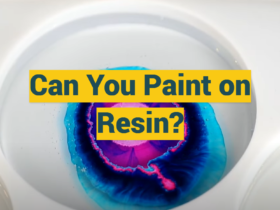

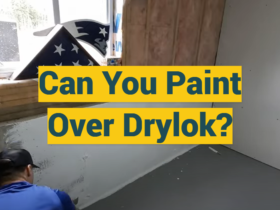
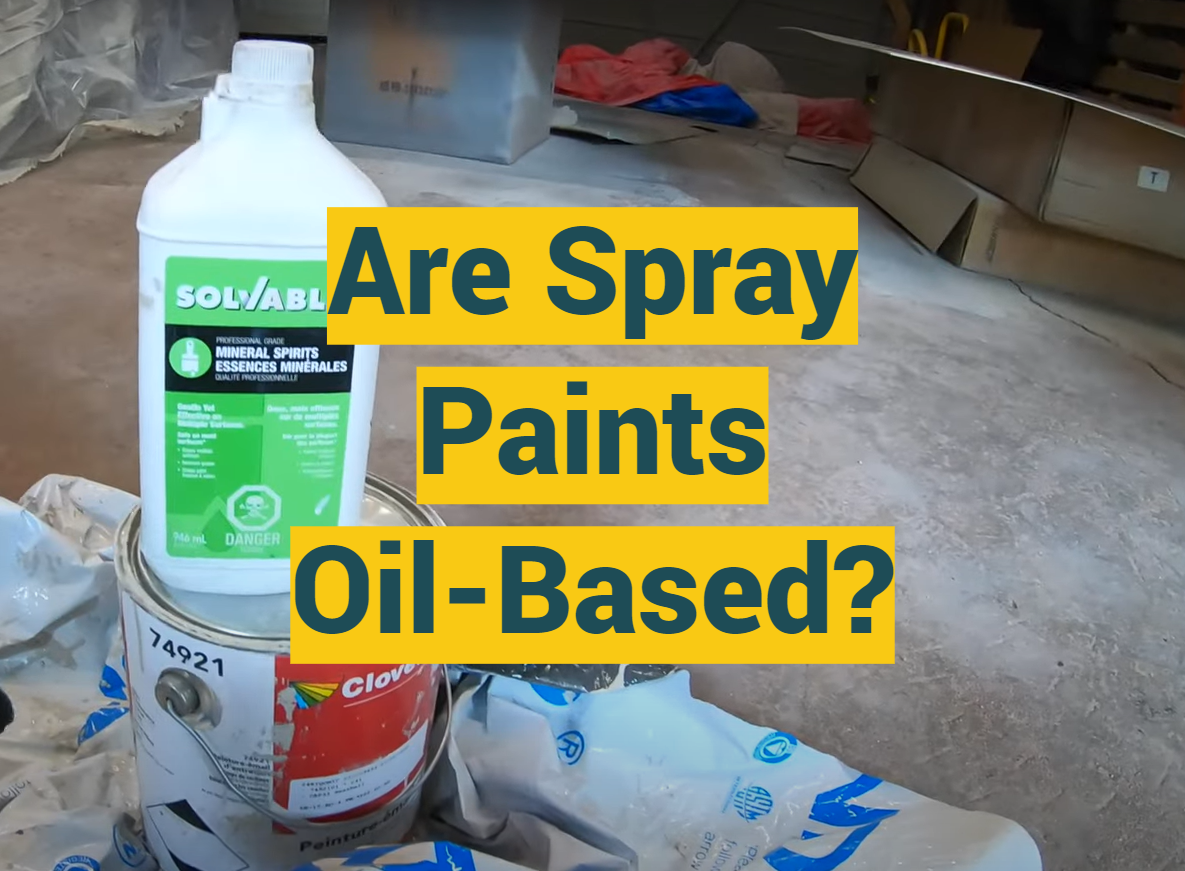




Leave a Review